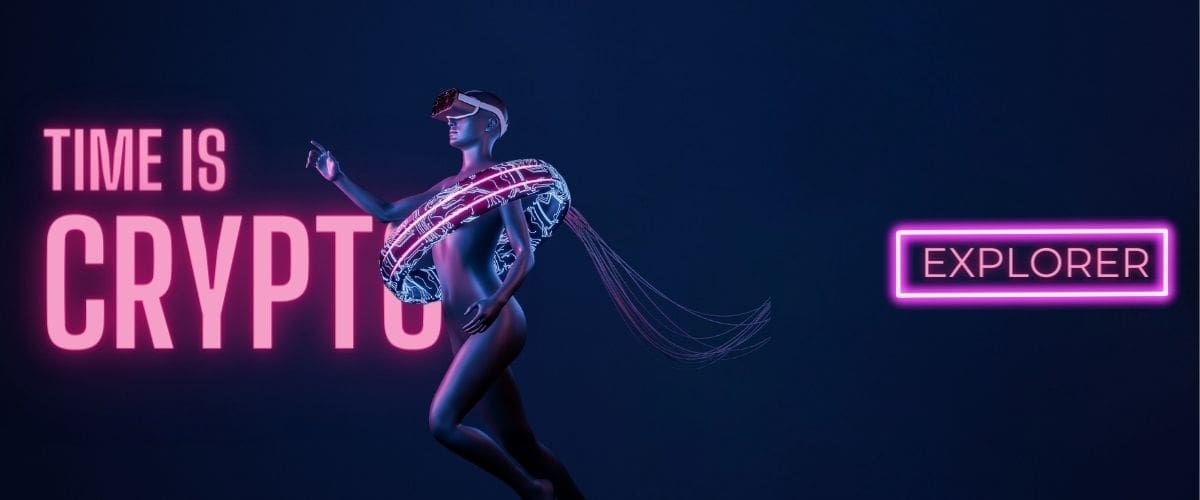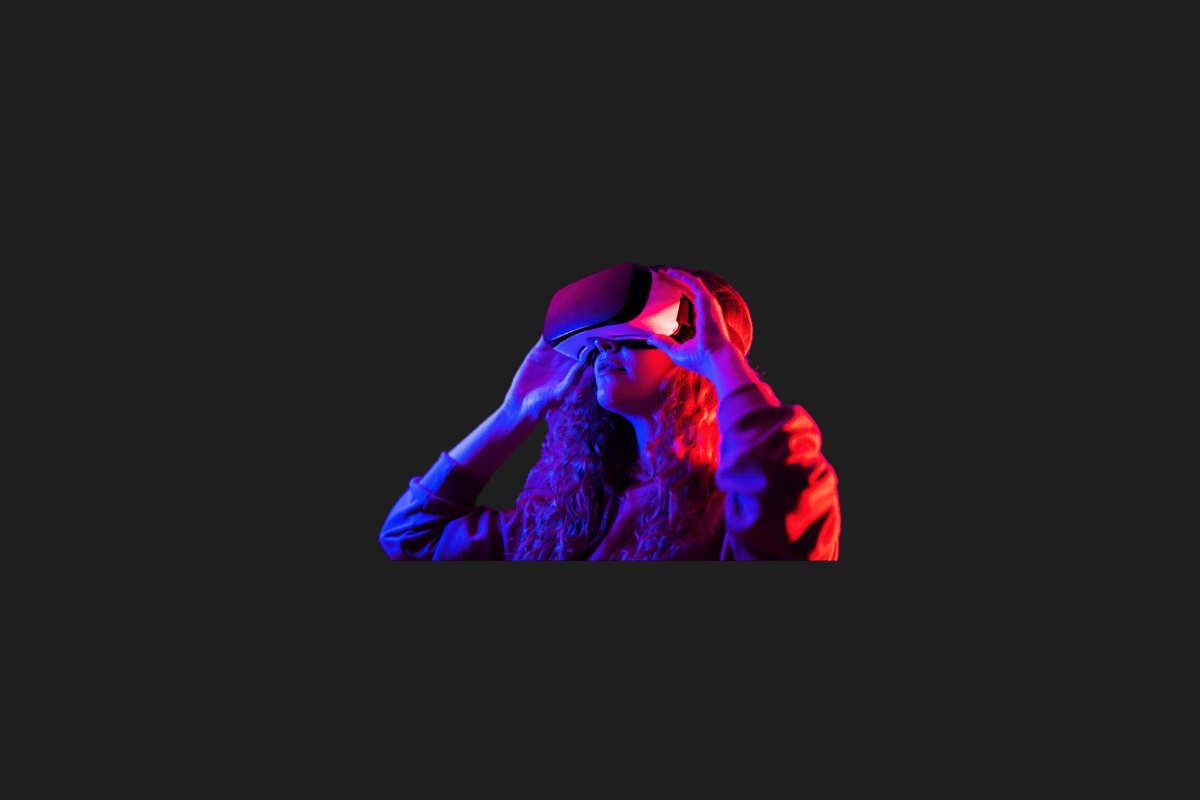Meta showcased a cutting-edge VR headset concept in its metaverse promotional video, featuring a design that stands out distinctly from the existing Quest model. The futuristic headset is characterized by its sleek and slender structure, marking a departure from the bulkier upcoming Cambria model.
The thin and streamlined design of this VR headset captures attention, hinting at the company’s commitment to advancing the visual aesthetics and ergonomics of virtual reality technology.
Meta could break new ground in VR glasses
The recently unveiled model, surpassing the sophistication of Meta’s existing VR glasses, has generated considerable excitement.
As of now, Meta has not released an official statement regarding the production status of these glasses. The images shared by Meta suggest a glimpse into the potential future appearance of metaverse technologies.
Accompanying the VR glasses, fingertip sensors have also been revealed. These sensors enable swift and precise determination of finger positions, facilitating enhanced haptic feedback within the metaverse.
Meta consistently releases videos that provide glimpses into the expansive metaverse universe, covering diverse topics and offering insights into the possibilities it holds.
These videos serve as a guide on how the metaverse universe can be experienced, showcasing the capabilities of VR glasses and fingertip sensors.
In these shared videos, Meta illustrates the potential for students to engage in virtual classrooms within the metaverse universe.
Teachers will have the ability to enhance lesson delivery using 3D virtual objects, making concepts more tangible and comprehensible. For instance, as depicted in the video, complex processes like cell division can be virtually demonstrated right before the students’ eyes.
Furthermore, a medical student, equipped with VR glasses and fingertip sensors, will have the opportunity to practice on a virtual patient, enabling them to repeat procedures hundreds of times. This form of training proves highly beneficial for medical students as they prepare for real-world practice.
This educational model also allows students to virtually witness historical events on-site. In the Metaverse universe, students transported to the Ancient Roman era, for instance, can personally observe figures like Julius Caesar and explore historical events as if unfolding right in front of them.
The metaverse universe appears to offer a myriad of possibilities. However, it’s important to acknowledge that realizing these advancements may require some time for technology to reach such sophisticated levels. What are your thoughts on the Metaverse universe? Feel free to share your views with us in the comments section.
You may also like this content
- The Metaverse: What it is, How to Enter, and Its Potential Impact
- Metaverse 5 Reasons Why its Awesome
- Metaverse Coins Buying Guide

